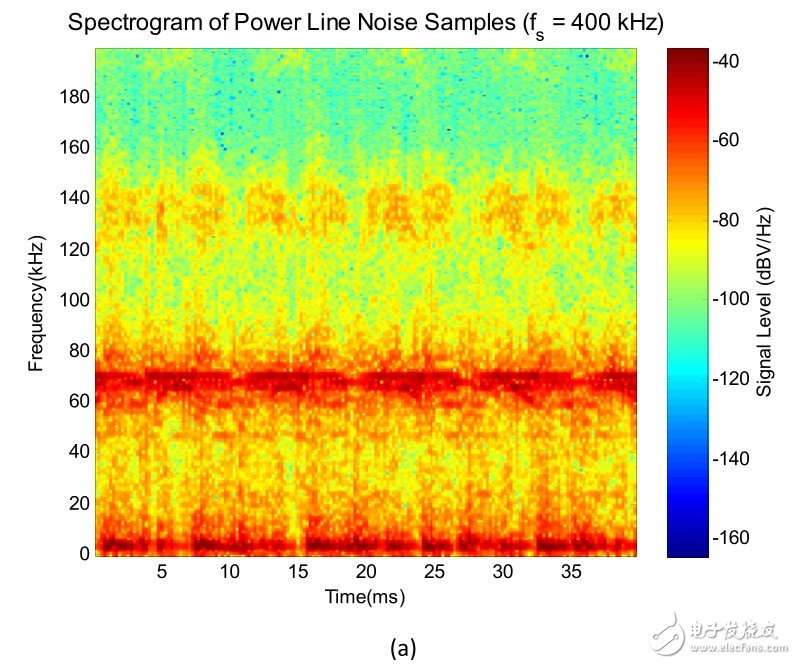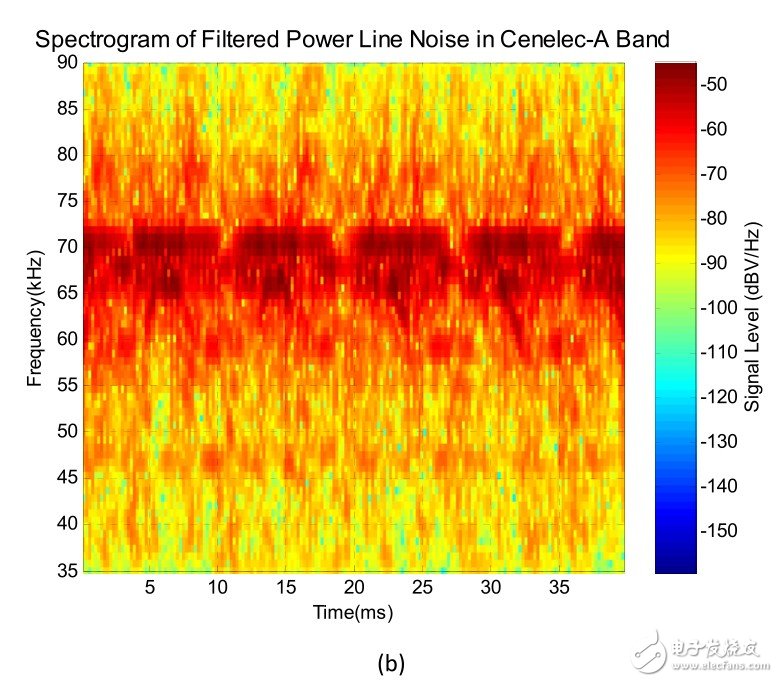Power companies are faced with a very challenging task, which is to meet the highly variable demand with a fixed power supply. During peak hours, power demand may be several times higher than usual, and it is difficult for a highly capital-intensive power plant to fully meet this power demand. Providing consumers with incentive time-sharing electricity prices or remote management of the electricity consumption time of high-consumption equipment is a more effective and controllable way to balance power supply and demand. To provide time-of-use tariffs, power companies must clearly understand the time consumption of electricity by users, that is, there must be a communication path connecting the power company and the user's electricity meter.
Why not use a wireless network?
Obviously, the wireless standard can be used for electricity company electricity meter communication, but there are some problems. It is suggested to use the 2.4 GHz technology based on ZigBee, but in practice, in the short distance range of 20-50 meters, they cannot cost-effectively feed back information to the power company. Adding a mesh network can extend the scope of the Zigbee network. However, in rural and urban suburbs and in buildings with greater interference, the distance between meters is greater, which poses challenges for wireless communication in the ISM 2.4 GHz band. For example, a crowded multi-storey apartment building will have complex coverage and connectivity issues, and the cost of installing and maintaining wireless networks is high. The latest IEEE 802.15.4g Smart Power Company Network (SUN) standard aims to use a variety of frequency bands to meet these challenges, but is not yet ready for large-scale deployment. The biggest drawback of wireless networks is the need to use scarce and valuable spectrum, which may be very expensive and / or not always available.
Wire communication
The most obvious communication path is wire communication, why not piggyback a signal when power is supplied?
For a long time, power companies have been using wires to communicate with power generation equipment and provide voice communication between substations, including adding a signal on high-voltage lines. These signals are usually amplitude-modulated or frequency-shift keyed, with an average rate of 1 kb / s or lower. Low data transmission rates can achieve long-distance signal transmission. This technology is used to cut in and out power distribution units, check the integrity of the power grid and provide basic voice communication for remote generation and substations. However, the number of electricity meters is more than thousands of power distribution units. This method cannot be effectively extended for electricity company electricity meter links.
In order to achieve communication with the meter, a higher data rate and a technology that can support multiple users in a flexible semi-autonomous communication network are required. The G3-PLC Narrowband Orthogonal Frequency Domain Multiplexing (OFDM) wire communication standard is specifically designed for this, providing the ability to overcome the challenges of special wire communication. The standard draws on many wireless technologies, such as OFDM communication, Reed-Solomon and other forward error correction mechanisms, Viterbi convolutional decoding, and time and frequency domain interleaving technology.
The wires themselves are extremely challenging and are noisier than wireless channels in many ways. The noise on the wire is highly non-stationary, equipped with a Gaussian component (similar to wireless), and equipped with a non-Gaussian impulse noise component (very different from wireless), which can be periodic or aperiodic (Figure 1). The interference on the wire can come from other devices on the network or other communication networks, and is divided into narrowband interference or broadband interference. For example, induction motors used in industrial machinery, washing machines, refrigerators, etc. often have a lot of circulating stationary noise. Switch-mode power supplies widely used in mobile phone and laptop chargers also have noise. Because wires are physical media, they will be affected by branches; even in the same house, the impedance of one point in the network will be quite different from the impedance of other places. Switching on and off the device can instantly change the impedance of a certain point in the network. Normally, the wire impedance ranges from 0.1 to 200Ω. All in all, the wire channel is complicated and noisy. Figures 1 and 2 illustrate the wire noise that G3-PLC modems must withstand in the time domain and time-frequency domain.

Figure 1: Time-domain capture of typical wire noise in industrial buildings (a) original wire noise samples, (b) G3-PLC modem's Cenelec-A band wire noise


Figure 2: (a) The time-frequency spectrograph of the original wire noise shows the complex structure of wire noise. Pay attention to various cyclic stationary noise components and their spectral content; (b) Wire noise in the Cenelec-A frequency band seen by the G3-PLC modem. Note that the 120/240 Hz noise component is 50 dB stronger in the frequency range of 62 to 72 kHz.
[Energy Saving]: Switch it on and it lights up in low light, in the day it automatically turns off whilst the solar panel absorbs the suns energy and charges up its batteries.No longer have to pay for electricity bills or replacing batteries.
[Superior Performance]: This outdoor Solar Light adopt 2020 newly 150mAh solar panel with built-in 800mAh NI-MH battery, each solar lights can light up for up to 8-12 hours after 6-8h full charge.
[Advanced Design]: Equipped with 12 led instead of 8 led to provide brighter light. Full PC lampshade increase irradiation area.High strength ABS Withstand 200KG, don't need to worry about automobile and kids stepping on.
[IP68 Waterproof]:Our disk lights adopt IP68 dust prevention water proofing designs,even the switch is covered with moisture-proof silicone. Zero problems for a raining day.[Easy to Install]: Just press the heavy-duty stakes into the ground, push the button once in the back and it start working forever.No messy wiring or electricity bills needed. Of course you would have to place these solar ground lights where it gets maximum exposure to sunlight.
Solar Pathway Light,Garden Lawn Lights,Solar Lawn Lights,Solar Decoration Light
Ningbo Wason Lighting Technology Co.,Ltd , https://www.wasonlight.com